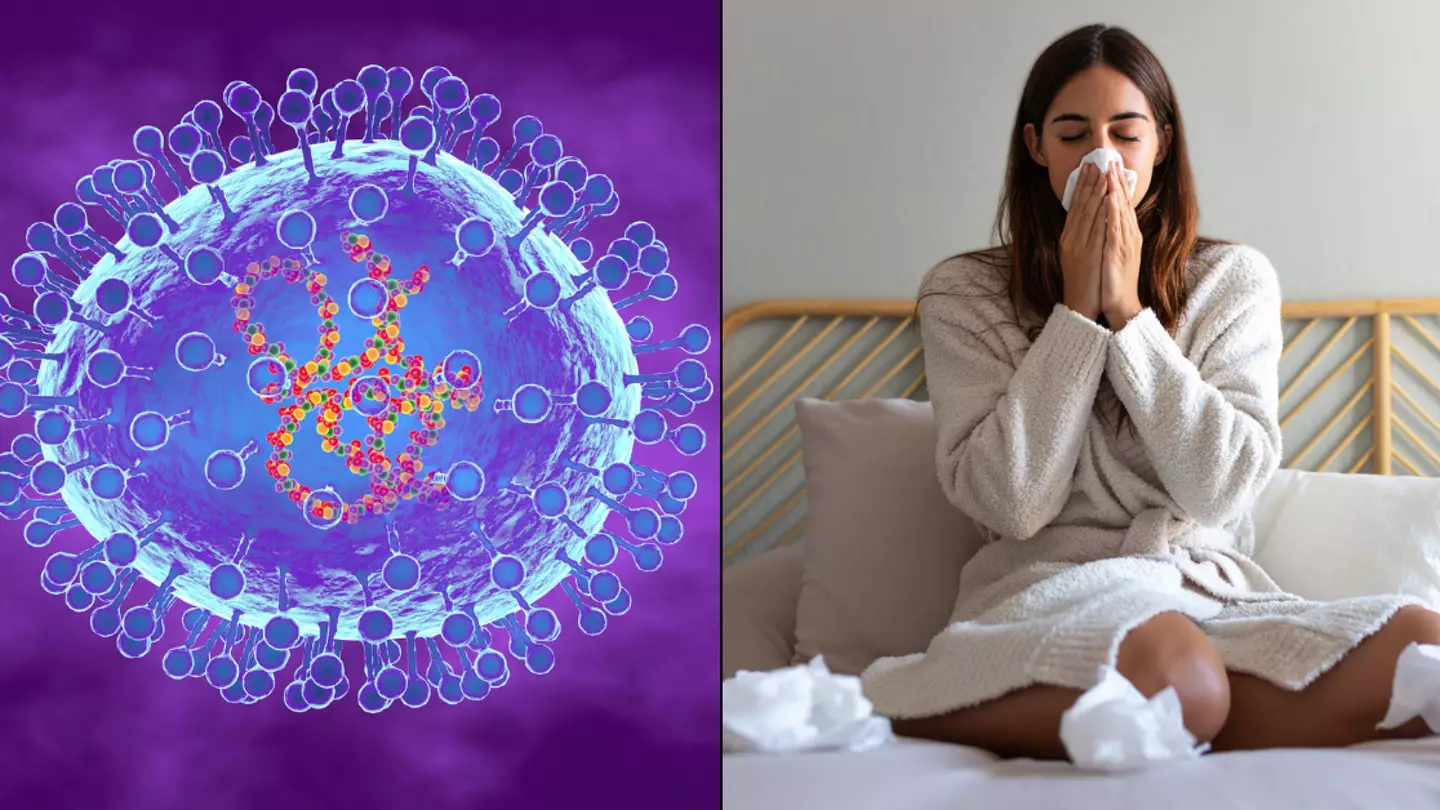Brits are being urged to be wary as the number of human metapneumovirus (HMPV) cases continue to rise across the world, including in the UK.
The spike in infections, particularly in China, has left a lot of people worrying that we might be in for another pandemic – but that isn’t the case.
The good news is, this illness has actually been around for decades and it doesn’t pose the same global-threat as Covid-19, so we’re in the clear in that respect.
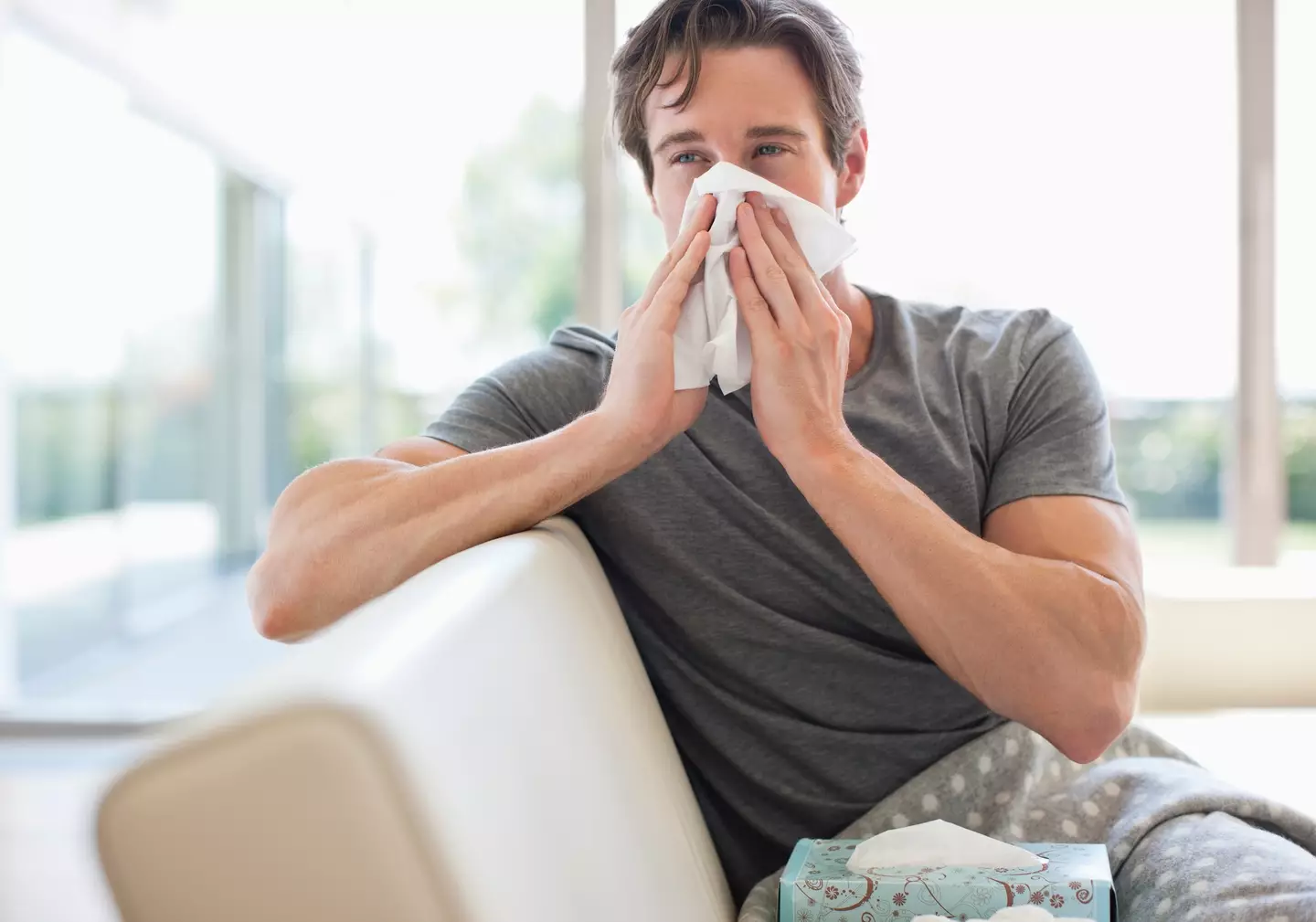
Cases of HMPV continue to rise across the world (Getty Stock Image)
Virologist Dr Andrew Catchpole explained why experts don’t reckon that HMPV has ‘pandemic potential’.
The Chief Scientific Officer at hVIVO told The Vaccine Alliance: “Whilst HMPV does mutate and change over time with new strains emerging, it is not a virus that we consider to have pandemic potential.
“This is because the changes in HMPV are gradual and based on previously circulating strains.
“Pandemics occur when a totally new virus enters the human population, like for Covid-19 when a totally new variant of the virus enters the human population by combination of a human and animal version of the virus.”
Explaining this is known as an ‘animal reservoir’, Dr Catchpole added: “There is no such animal reservoir of related viruses known for HMPV.”
Phew – so we’re not doomed to another 12 months of social distancing and face masks.
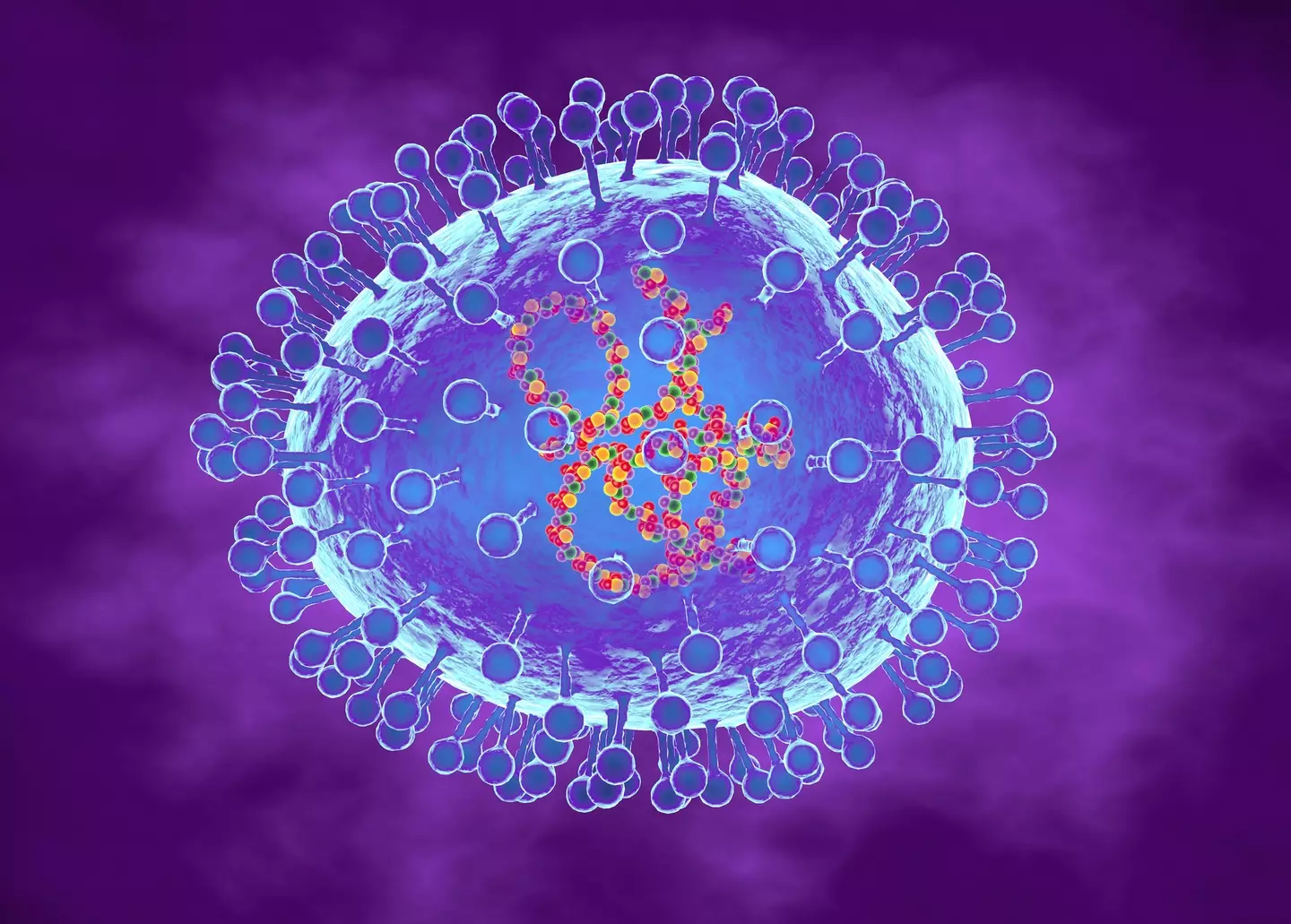
HMPV cases are on the rise across the world (Getty Stock Image)
But still, medics in the UK want to nip it in the bud before it wreaks any more havoc – so we all need to do our bit to stop HMPV spreading and reduce the strain on the NHS.
Dr Conall Watson, a consultant epidemiologist at the UK Health Security Agency (UKHSA), encouraged people to avoid socialising if they notice any symptoms of the virus.
HMPV – which can often be mistaken for the common cold or flu – spreads via human contact and touching objects or surfaces which have been contaminated.
It is a seasonal virus, similar to RSV, which pops back up during the winter months each year and unfortunately, there is no specific treatment for it.
Although most of us will be fine after a few days or so, it can be severe for people who have lung conditions, immune compromised, are elderly or are children.
It can also develop into pneumonia and even exacerbate asthma and chronic obstructive pulmonary disease (COPD), as per The Telegraph.
Symptoms are similar to those of a cold or flu and include a cough, fever, sore throat, runny nose, body aches and a headache.
But if you experience wheezing, difficulty breathing, chest pain, dizziness, severe fatigue, dehydration, or a persistent fever that does not improve, you should get checked out.

Experts have urged people to avoid socialising if they start showing symptoms (Getty Stock Image)
“HMPV is a common respiratory infection in winter, and we typically see activity reaching a peak at this time of year,” Dr Watson previously told Sky News.
“Most people have had HMPV by the time they are five years old and catch it again throughout their lives. Infections are usually mild, causing symptoms of a common cold.”
The latest figures from the UKHSA – from the period between 23 and 29 December – show a slight uptick in HMPV cases in the UK, but the expert said it isn’t anything to panic about.
“Our surveillance systems in GP surgeries and hospitals indicate that levels are in line with what we would expect to see,” Dr Watson continued.
“As with all respiratory viruses, you can help reduce infections being passed on through regular hand washing and catching coughs and sneezes in tissues and throwing them away.
“If you have symptoms such as a high temperature, cough and feeling tired and achy, try to limit your contact with others, especially those who are vulnerable.
“There are many viruses in circulation at the moment, including flu – if you have symptoms of a respiratory illness and you need to go out, our advice continues to be that you should consider wearing a face mask.”
The latest data suggests that in England, 4.5 percent of people who visited their GP with respiratory issues tested positive for HMPV, according to Surrey Live.
There’s been a bigger spike in cases in children under five, with 7.2 percent of patients testing positive.
Featured Image Credit: Getty Stock Images

It’s that time of year when nobody wants to spend money on anything, it’s too cold to do anything and everyone seems to be too sick to do anything.
The sounds of sniffles and coughs echo round the office as your work bestie leaves you to do it alone because they’ve got one brutal illness or another.
And one of those things causing the string of sick days in bed is the usual culprit of norovirus as it sweeps the UK.
Findings reported by gov.uk show that the reported cases are thankfully getting a little lower over recent weeks, but in general has been hitting huge highs compared to the five-season average.
So, it’s worth keeping yourself aware of the symptoms and what the NHS say to do if you’re unlucky enough to be wiped out by it this winter.
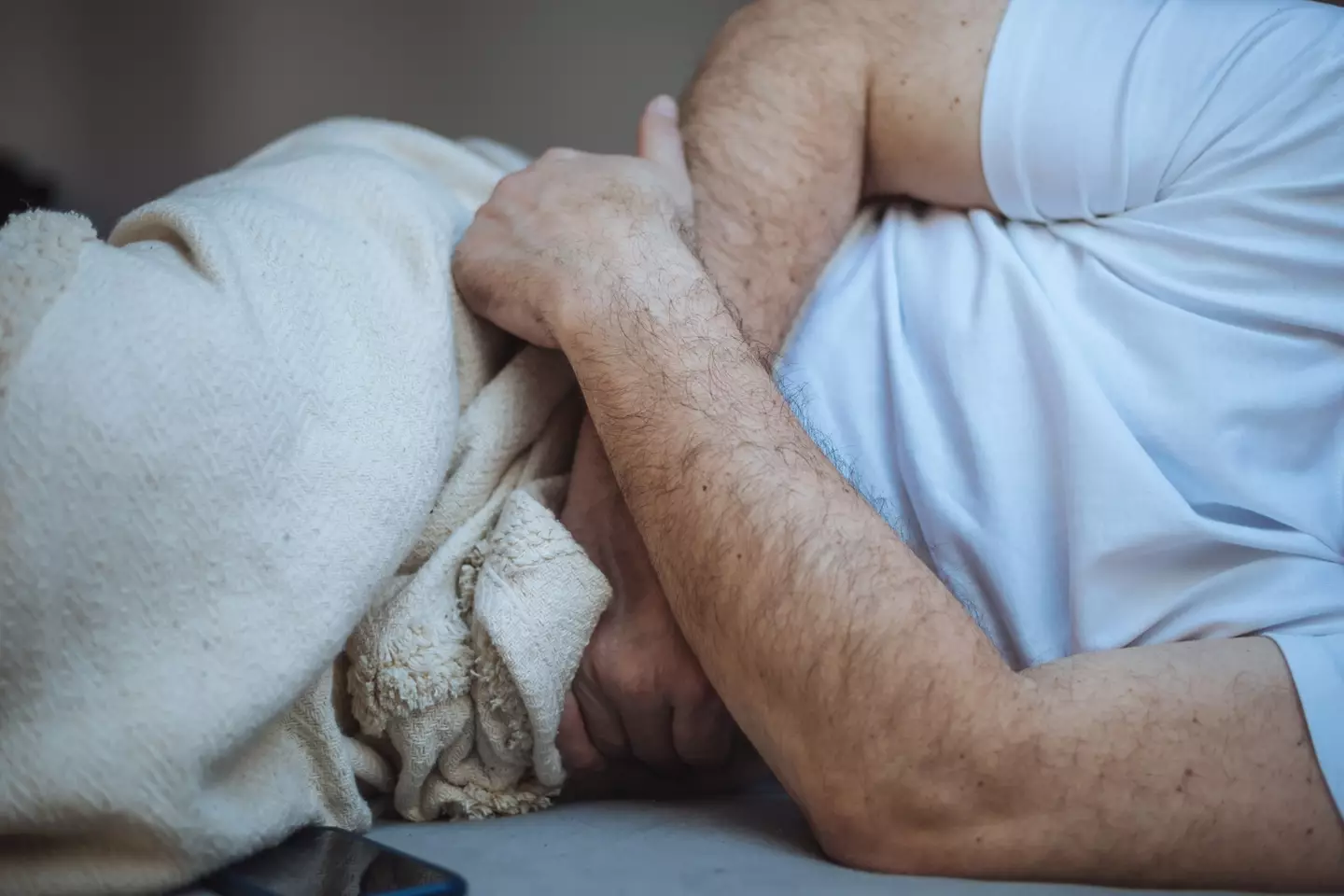
It can absolutely wipe you out (Getty Stock)
Norovirus symptoms
Also called the ‘winter vomiting bug’, it’s essentially a stomach bug that causes vomiting and diarrhoea. Nice.
As listed by the NHS, the main symptoms of norovirus are experiencing nausea, having diarrhoea and being sick.
You might also get a high temperature, have a headache and experience aching arms and legs. Norovirus symptoms tend to come on suddenly within one to two days of being infected.
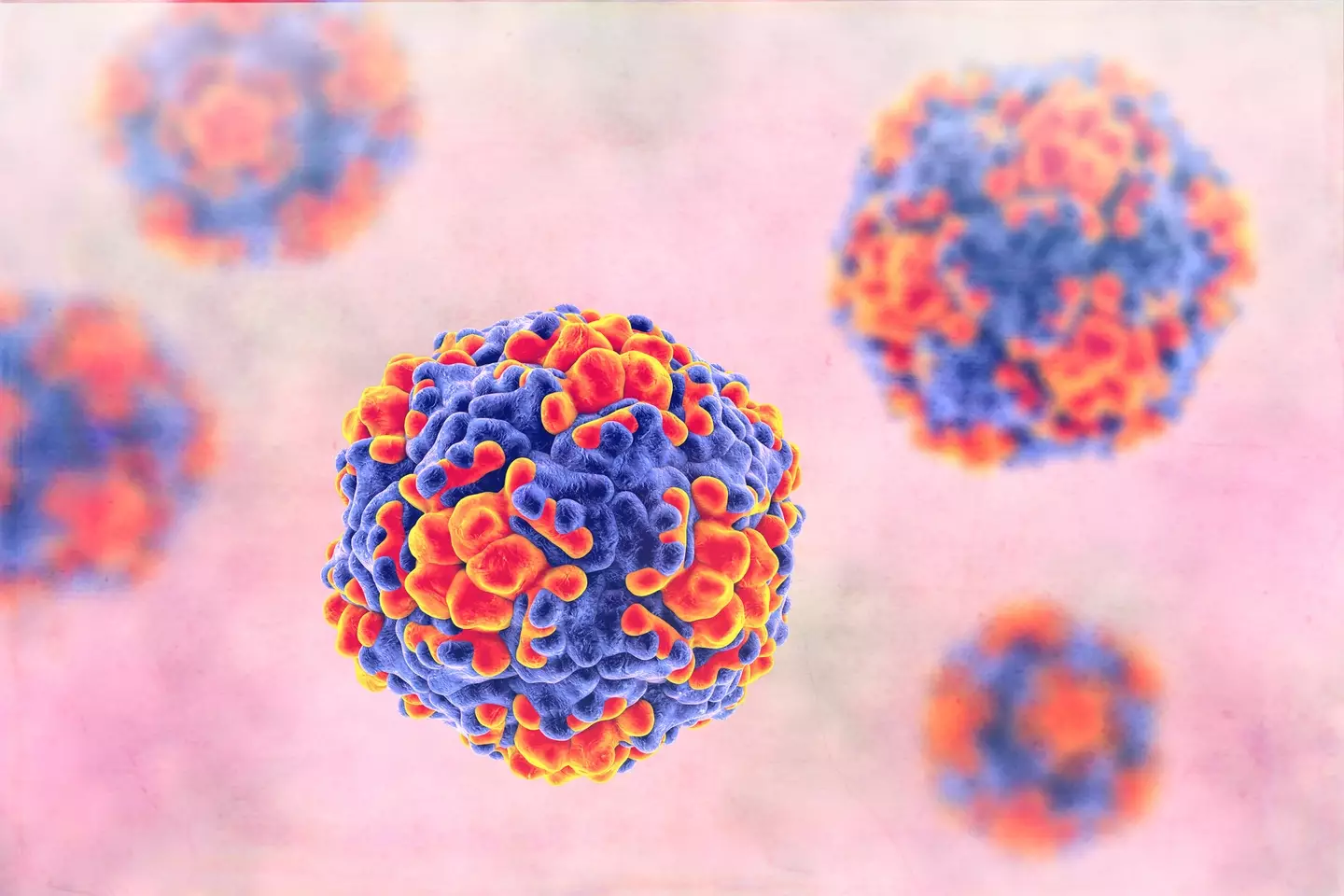
It causes a rage of nasty symptoms (Getty stock photo)
How norovirus spreads
Unfortunately, this brutal winter illness spreads pretty easily.
It can be caught from having close contact with someone who has it, touching surfaces or objects that have the virus on them and then touching your mouth or by eating food that’s been prepared or handled by someone with the illness.
You can stop the spreading by washing your hands frequently soap and water. However, alcohol hand gels cannot kill norovirus.
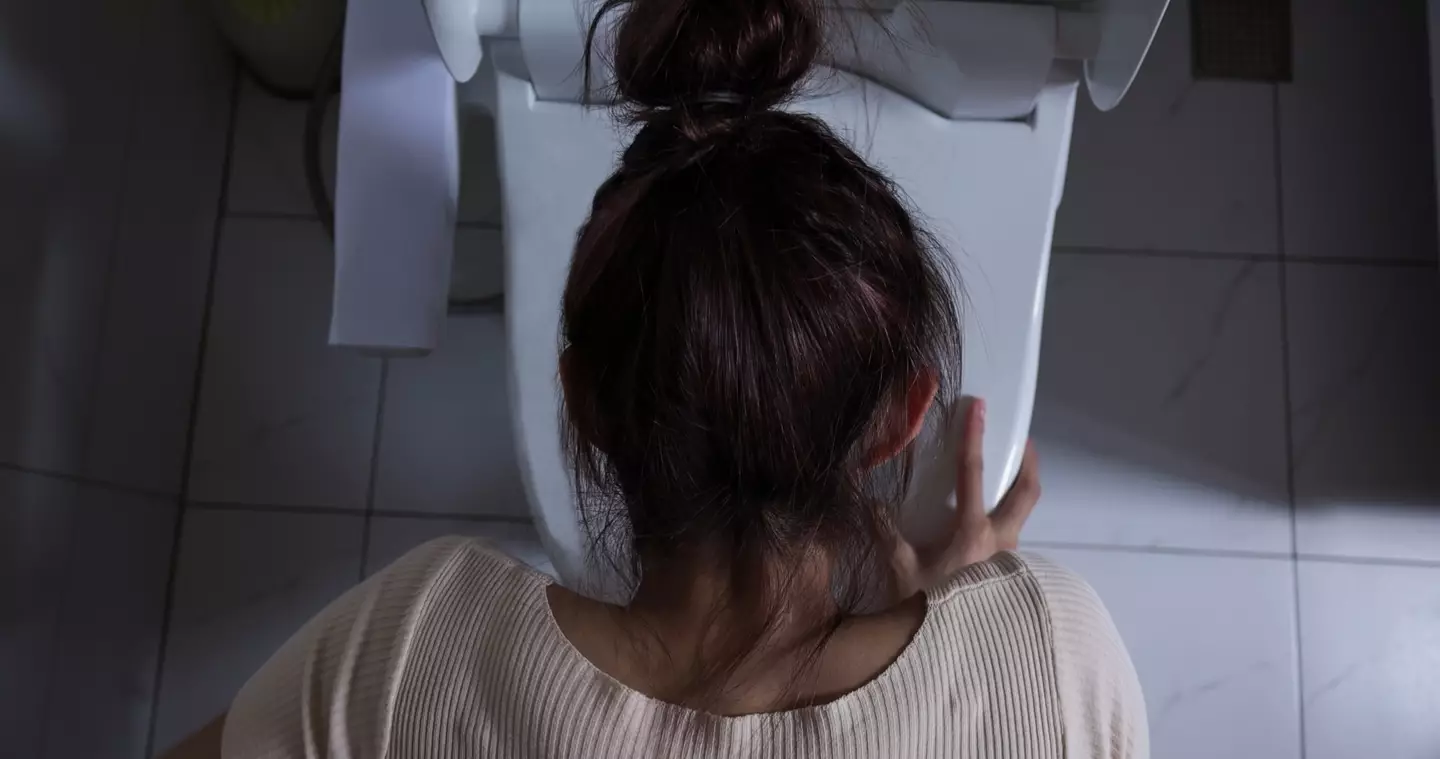
Stay home if you have it. (Getty Stock)
NHS guidance
Thankfully, you can usually treat norovirus at home and it tends to just go away by itself in around two days.
The NHS heavily encourages getting plenty of rest and to make sure you have lots of fluids to avoid becoming dehydrated.
Painkillers can also help to ease aches and pains, while it’s also advised to stick to plain foods and not eat too much at once in order to avoid upsetting your stomach.
Plus, you really shouldn’t try and tough it out and head to work or school as your peers certainly won’t thank you. Instead, the NHS say to stay off until you have not been sick or had diarrhoea for at least two days as this is when you’re most infectious.
And on that note, you shouldn’t visit hospitals or care homes during that time.
If your symptoms persist, get advice from 111.
Featured Image Credit: Getty Stock

The NHS has issued a warning over how similar flu symptoms are to a rare disorder which you need to look out for.
Many of us have kicked off the year with either a cough, a runny nose, or a fever – not exactly in the New Year’s resolutions list.
Although these symptoms, which are typically associated with the flu, could also be a case of Addison’s disease.
What is Addison’s disease?

The NHS has warned not to confuse flu symptoms with the rare condition (Getty Stock Images)
Addison’s disease is a rare disorder of the adrenal glands, which are the two small glands that sit on top of the kidneys, according to the NHS.
It’s caused when the immune system attacks the outer layer of the adrenal glands – although it’s not clear why this happens. Sometimes the adrenal glands can be damaged by tuberculosis.
“The adrenal gland is damaged in Addison’s disease, so it does not produce enough cortisol or aldosterone,” they explained, stating that 9,000 people in the UK are estimated to suffer from it, ‘with over 300 new cases diagnosed each year’.
However, the health service warns that ‘in its early stages, symptoms of Addison’s disease can mimic those of other conditions, such as clinical depression or the flu’.
What are the symptoms of Addison’s disease?
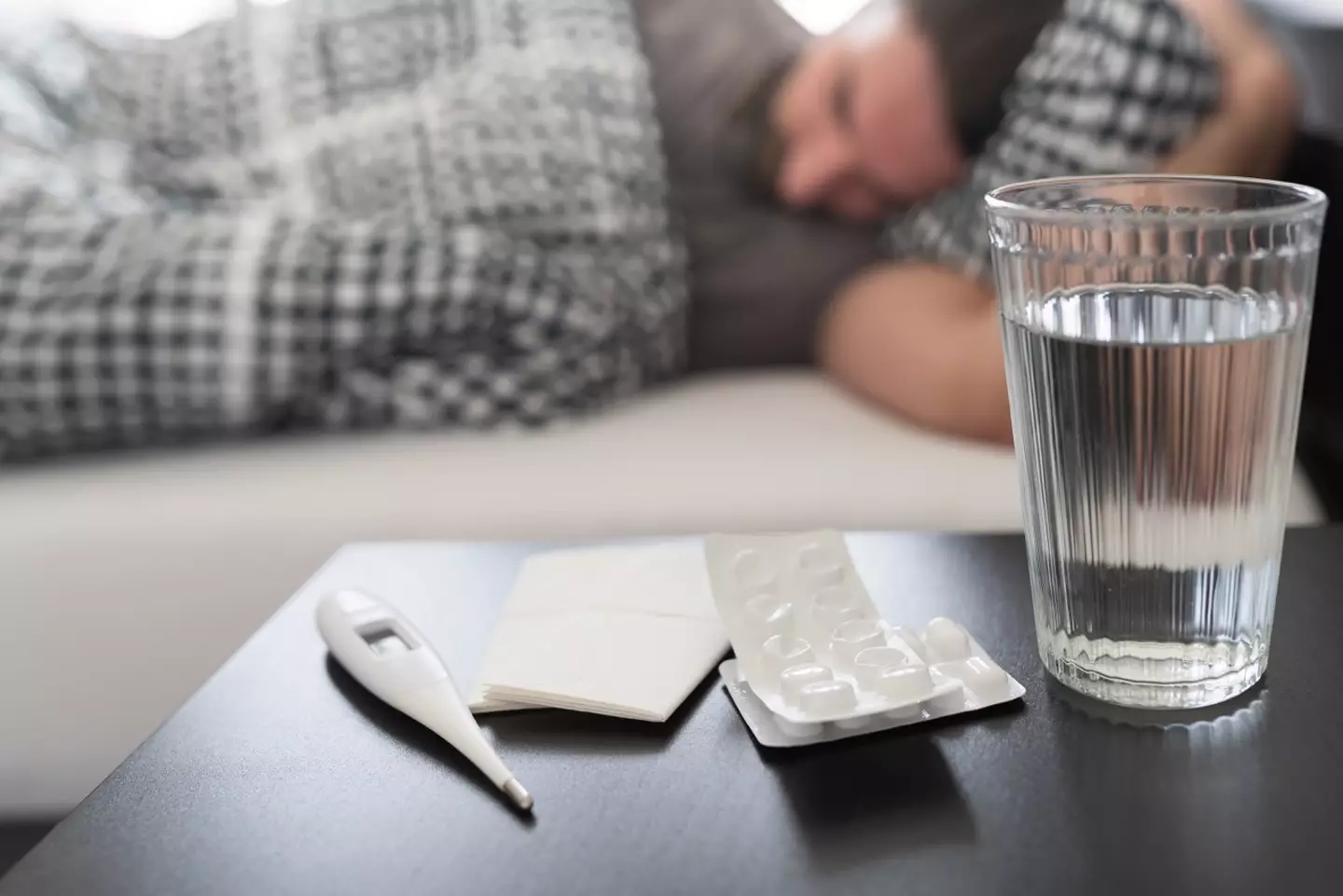
The NHS has issued a warning over how similar flu symptoms are to a rare disorder (Getty Stock Images)
While some people are likely to experience fatigue and muscle weakness, others might be in a low mood, with unintentional weight loss and a loss of appetite.
“Over time, these problems may become more severe and you may experience further symptoms, such as dizziness, fainting, cramps and exhaustion,” the NHS explained.
“You may also develop small areas of darkened skin, or darkened lips or gums.
“Although these symptoms are not always caused by Addison’s disease, you should see a GP so they can be investigated.”
How can Addison’s disease be treated?
If you have Addison’s disease, you’ll most likely need to take daily medication to replace the lost hormones.
“In some cases, the underlying causes of Addison’s disease can be treated. For example, tuberculosis (TB) is treated with a course of antibiotics over a period of at least 6 months,” the health service said.
“However, most cases are caused by a problem with the immune system that can’t be cured.
“In general, the medications used for Addison’s disease don’t have side effects, unless your dose is too high. If you take a higher dose than necessary for a long time, there’s a risk of problems such as weakened bones (osteoporosis), mood swings and difficulty sleeping (insomnia).
“Some people find that needing to take regular doses of medication is restrictive and affects their daily life or emotional health. Missing a dose of medication, or taking it late, can also lead to exhaustion or insomnia.”
Featured Image Credit: Getty Stock Images
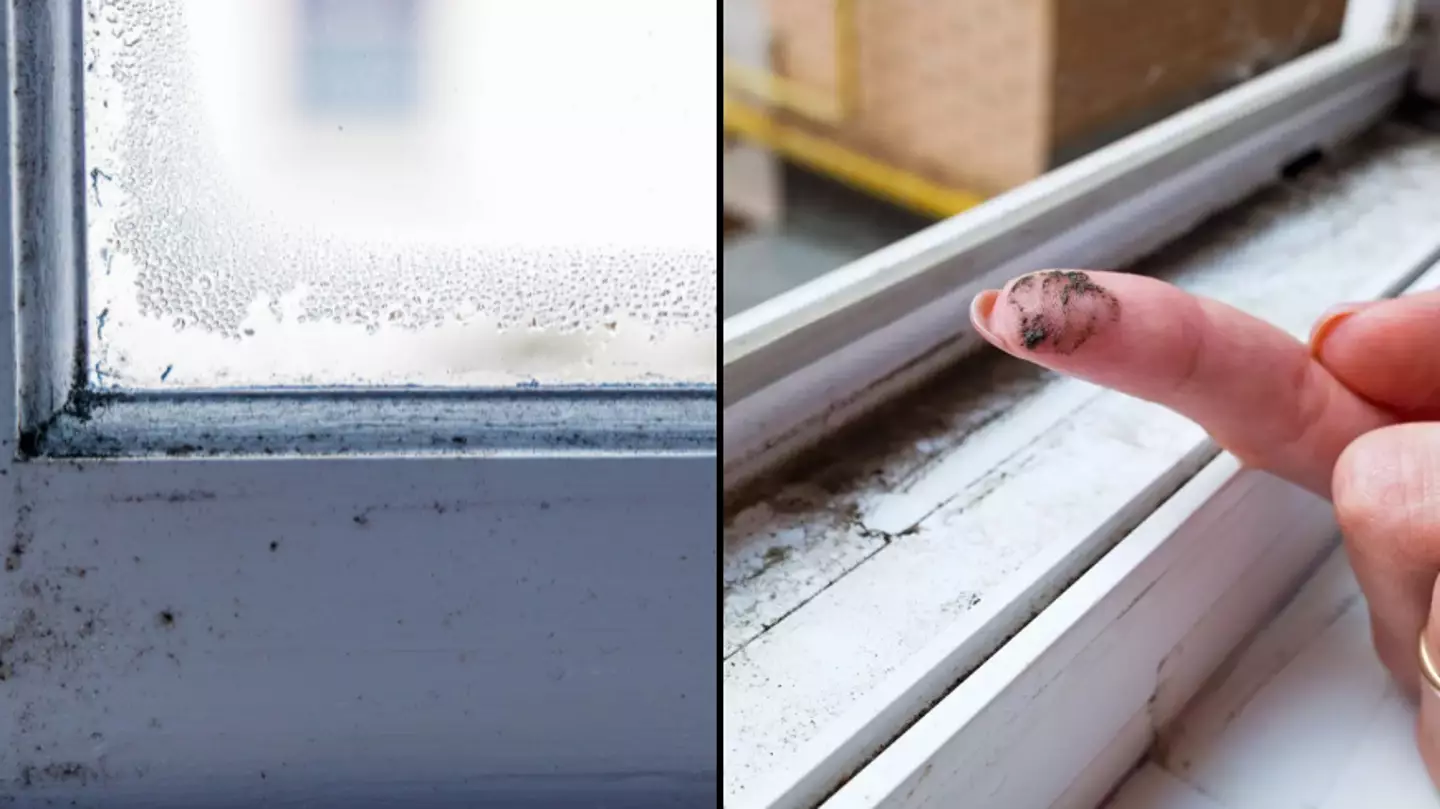
Now that the snow finally looks like it’s heading out, there might be another winter-related issue that needs addressing.
I don’t think many of us are enjoying the cold weather at the moment, as the UK has faced -10C in some places over the past week. With flu cases also on the rise, I think we’re all looking forward to seeing the back of January.
But during these winter months, the issue of household mould is something that should be looked at.
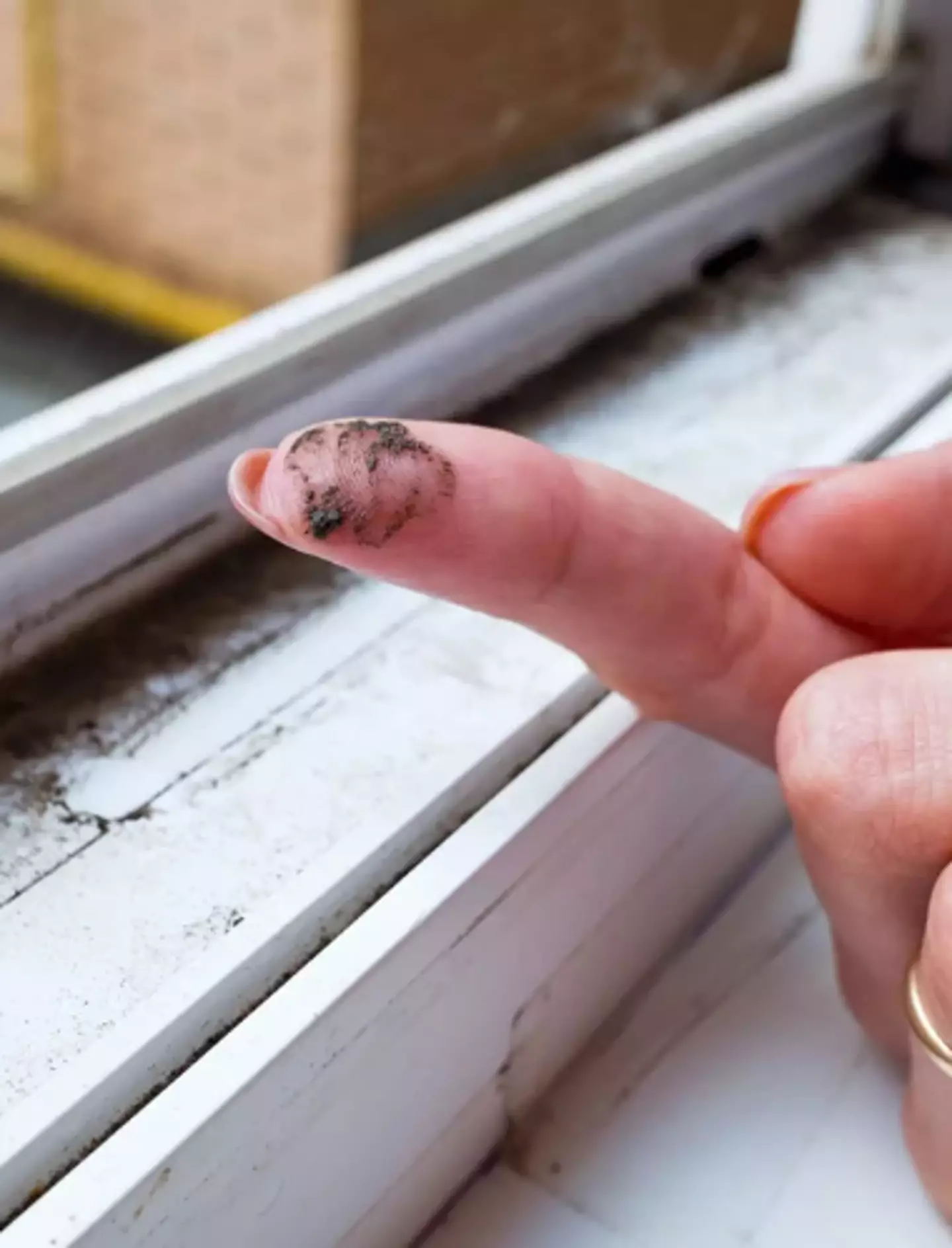
Mould can be dangerous if not treated (Getty Stock Images)
What is mould?
Mould is often fuzzy with black, white, or green patches, and comes with a musty smell.
There are approximately two million people in England living with it in their homes, and it can quickly exacerbate in the cold weather.
Respiratory illnesses, allergies, and asthma are just some of the symptoms that can arise, but in more serious cases, mould in homes can lead to death.
Because the microscopic fungus grows in damp places, it releases dangerous spores into the atmosphere.
How to deal with mould
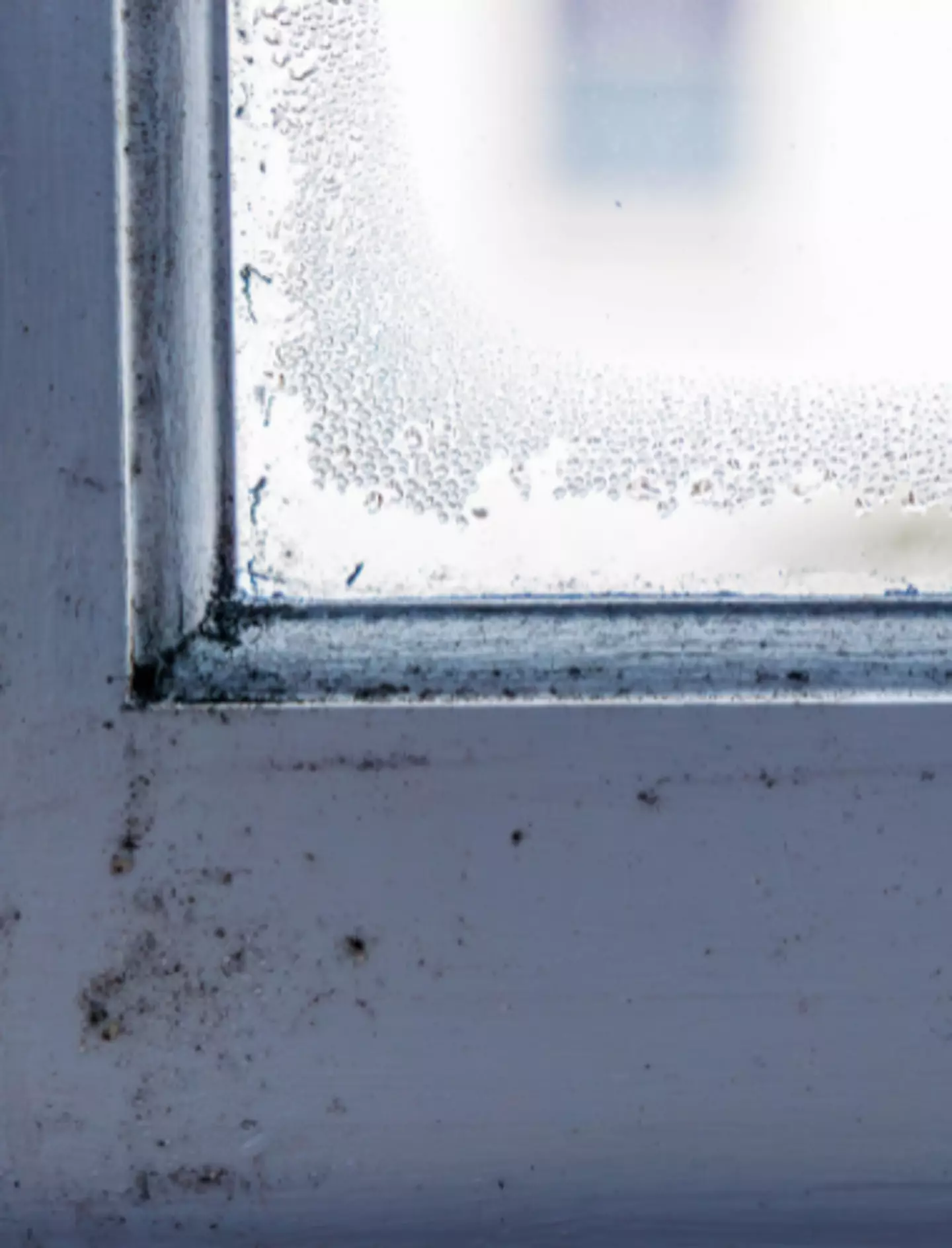
There are approximately two million people in England living with it in their homes (Getty Stock Images)
Try taking shorter showers and ensuring your bathroom extractor fan is switched on during and after your shower to stop the steam from your shower turning into condensation.
It’s also recommended that you open your windows when cooking or drying washing indoors, as this can help let the moisture in the air escape, recommends the NHS.
If cooking, make sure your hob’s extractor fan is on a high setting and wipe down surfaces to stop moisture from pooling on windowsills and walls.
Also don’t forget to check for leaky pipes or gutters that can make problems worse.
You may need to get a professional to remove mould for you, but if it’s only a small amount, you may be able to remove it yourself.
Just remember to wear gloves and a face mask if you’re removing mould.
What types of mould are there?

It’s a nightmare to have in your home (Getty stock photo)
Black mould can trigger asthma attacks and cause allergic reactions such as skin rashes, a runny nose, and red eyes. Those with compromised immune systems, such as babies and the elderly, are more at risk to the symptoms.
The most common cause of mould in UK homes is condensation; often found in spaces of the home where there’s high moisture levels like bathrooms, kitchens and on and around windows.
If condensation is left to sit, the surface can become damp and create the breeding conditions needed for mould to grow.
Daily tasks such as cooking and drying washing indoors can also exacerbate the problem.
Additional words by Harley Young.
Featured Image Credit: Getty Stock Images
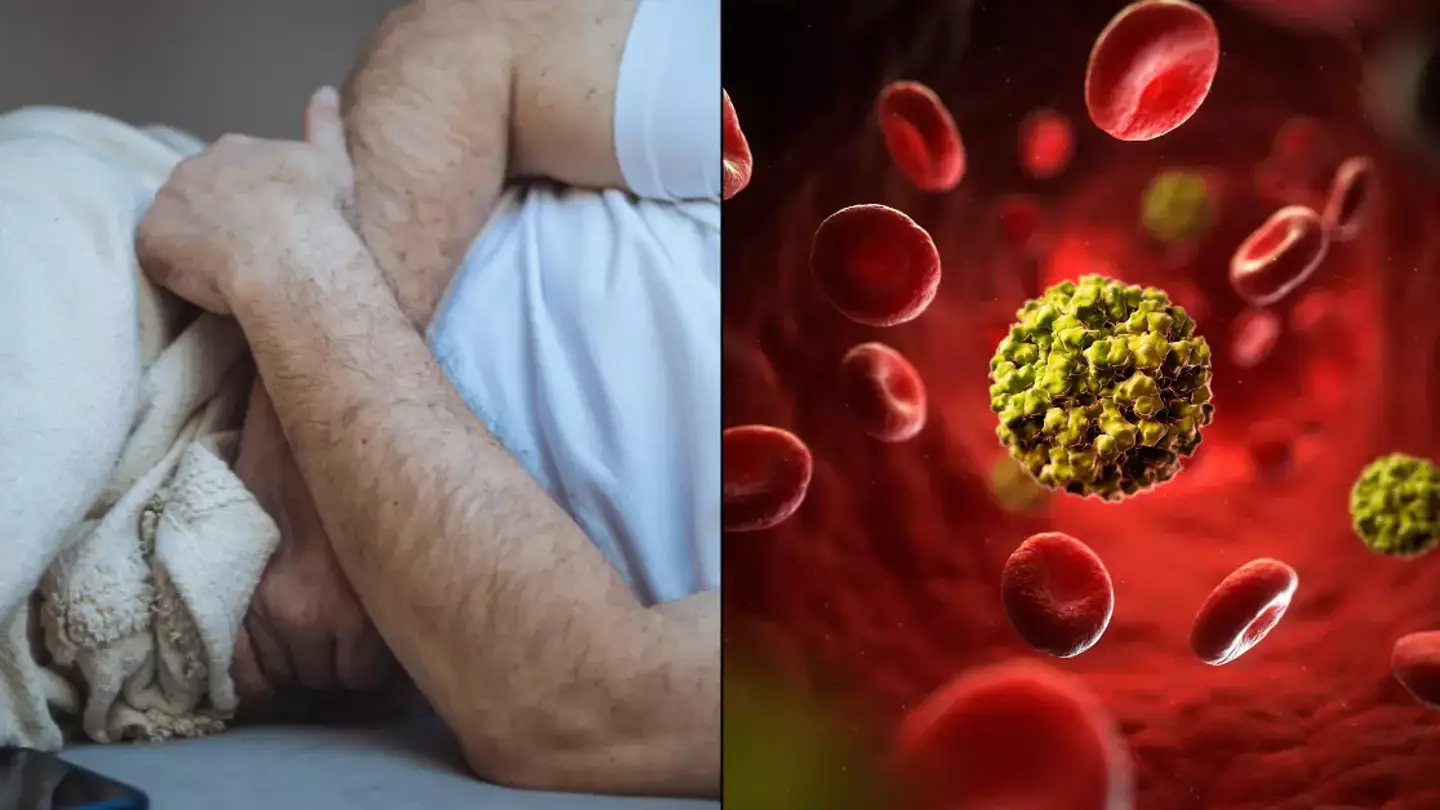
A new virus is sweeping the UK at the moment and it isn’t showing any signs of slowing down.
The unpleasant stomach bug was highlighted in warnings to the British public last month as infections were higher than the seasonal average, though things have not improved since then as new variants have appeared.
The ‘Kawasaki’ bug, named after the Japanese city where it originated from, has emerged as a new variant of norovirus, and it actually makes up 70 percent of all existing cases of the winter bug, according to the UK Health Security Agency (UKHSA).

The virus is continuing to spread across the UK (Getty Stock Image)
What is norovirus?
According to the NHS, norovirus is a stomach bug that can be ‘very unpleasant’, though it often goes in around two days.
Health experts are urging people that have contracted the bug to isolate themselves at home while recovering, and to stay behind closed doors for two additional days after recovering to prevent the spread – five days in total.
In the last two weeks of October, the nation saw a 16 percent increase in cases compared to the previous two weeks, reports the Mirror.
It should be noted that this is based on cases confirmed in a lab, not others that may have suffered with the infection and not got it tested.
As the number of patients admitted to hospital continue to skyrocket, a spokesperson for the UKHSA stated: “The increase of the variant has been observed in other countries and is being closely monitored.”
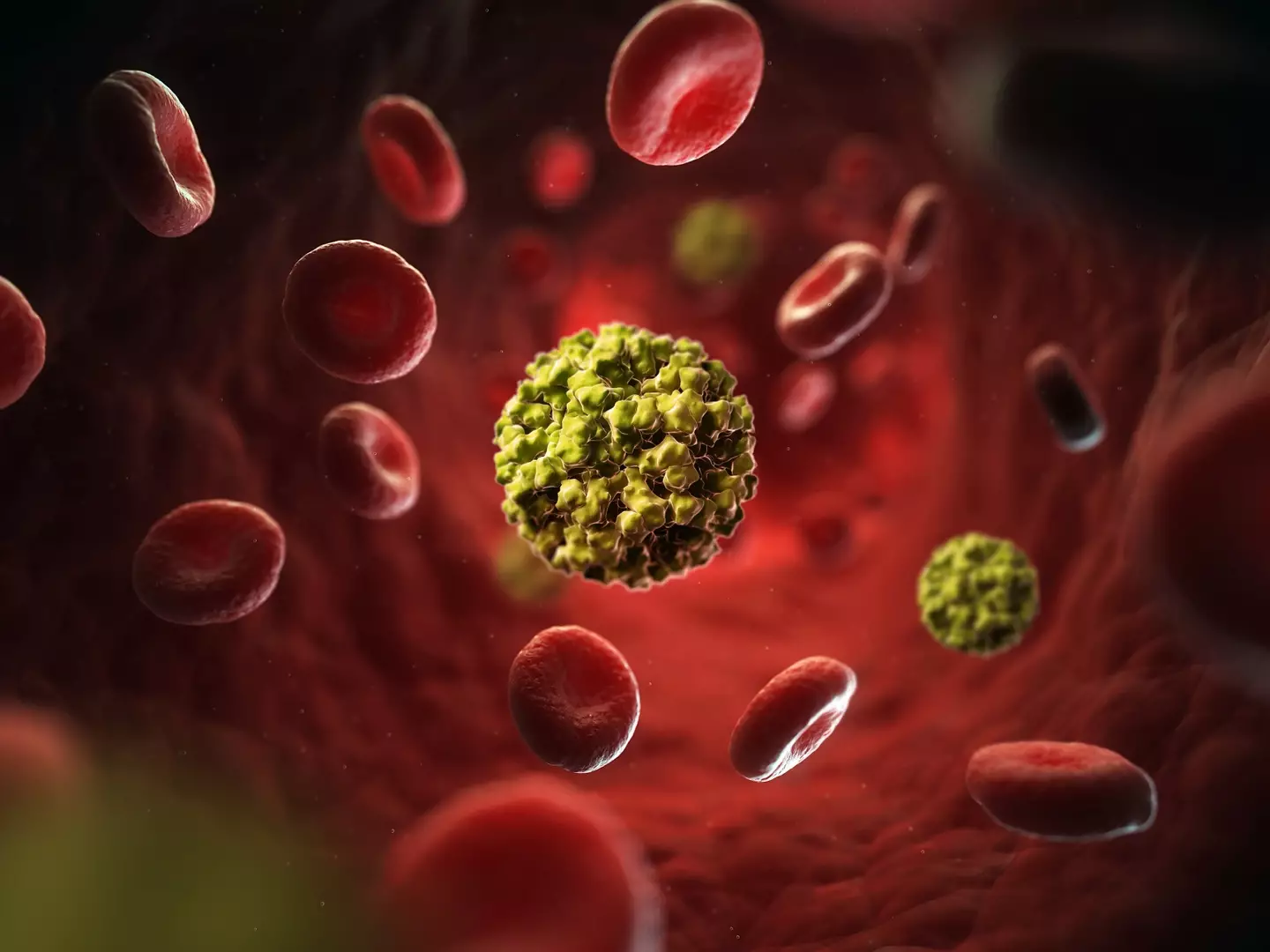
Feeling nauseous or suddenly getting diarrhoea are a few of the symptoms linked with the infection (Getty Stock Image)
What are the symptoms to look out for?
The NHS’ official advice lists the main symptoms of norovirus, which start suddenly within a day or two of being infected, as:
- Feeling nauseous
- Diarrhoea
- Vomiting
- Having a high temperature
- Having a headache
- Arms and legs aching
You can treat yourself at home, simply by resting and drinking plenty of fluids.
Norovirus and its Kawasaki bug variant is spread by close contact with someone else who is infected, or touching surfaces or objects that have been contaminated with the virus, including eating food that has been handled by someone infected.
Washing your hands frequently with soap and water, not just hand-gels, can kill the virus.

You can prevent the stomach bug by keeping your hands clean (Getty Stock Image)
Medical expert’s advice on norovirus
The deputy director of gastrointestinal infections at the UKHSA, Gauri Godbole, revealed what you should do if you think you have contracted the infection.
“If you have diarrhoea and vomiting, do not return to work, school or nursery until 48 hours after your symptoms have stopped and don’t prepare food for others in that time either,” she said.
“If you are unwell, avoid visiting people in hospitals and care homes to prevent passing on the infection in these settings.
“People who fall ill with norovirus are advised to rest, get plenty of fluids and take paracetamol. Norovirus is a highly contagious virus that causes gastroenteritis, an inflammation of the stomach and intestines.
“It’s sometimes referred to as the ‘stomach flu’ although it’s not related to the influenza virus. Norovirus is the leading cause of foodborne illness and outbreaks of gastrointestinal illness worldwide, especially in places like hospitals, cruise ships, schools, and nursing homes, where people are in close quarters.”
